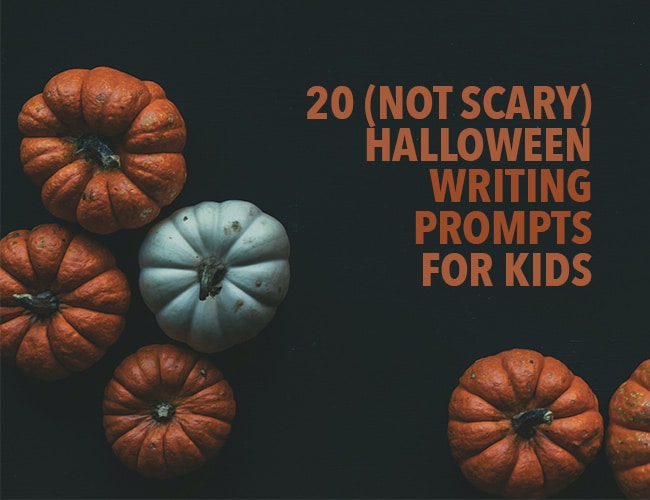
by Sarah Gribble |
I’m a firm believer in Halloween. But I know all the gore and scary movies aren’t for everyone, especially little kids.
Halloween is for everyone, though! There’s so much more to the celebration than jump scares and fake blood. And I think we all need a little lightheartedness this year.
Have your kids try one of these writing prompts (or try one yourself)!
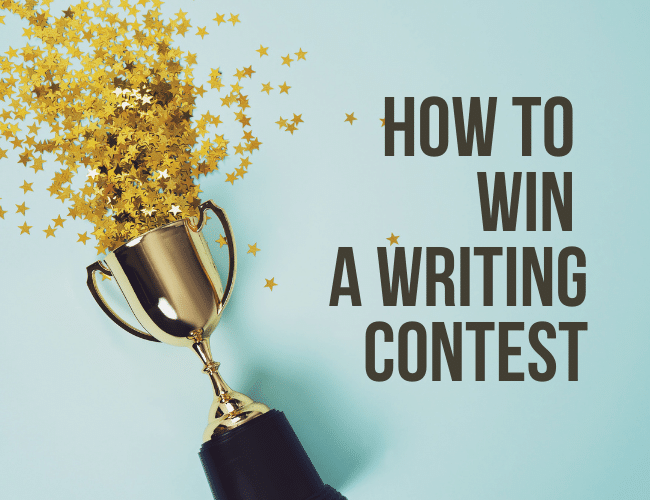
by Joe Bunting |
Why do people enter writing contests? Some enter to get practice submitting. Others enter to motivate themselves to finish their stories.
But there’s one thing nearly everyone who enters a writing contest wants…
To win.
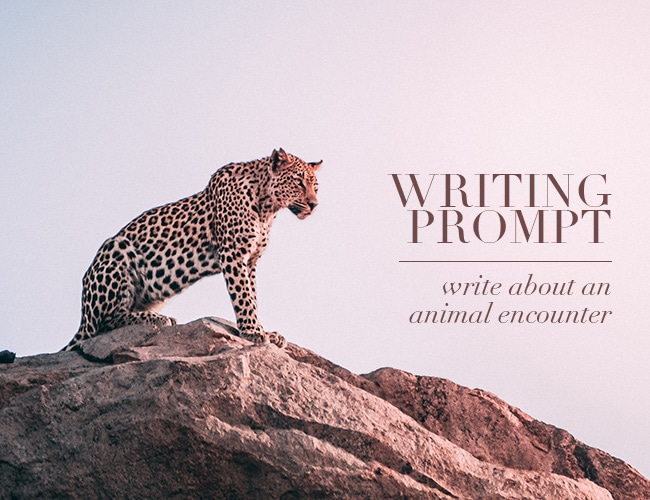
by Sue Weems |
Adding an animal to your story can reveal a lot about the humans who inhabit your world. Whether a beloved pet or a rogue turkey, adding an animal encounter to a scene is surprisingly humanizing.
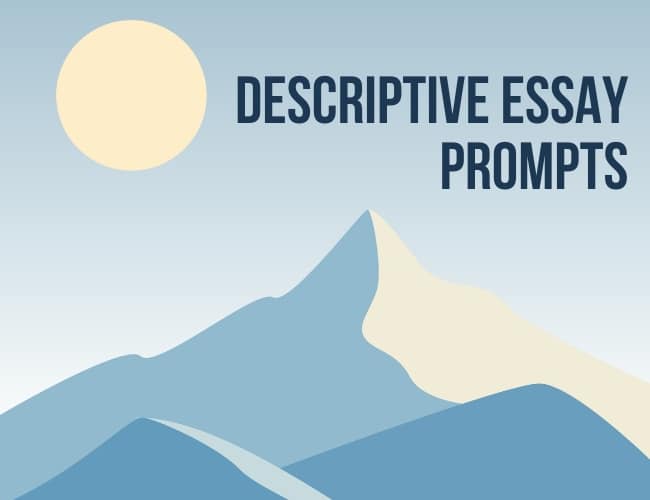
by Elizabeth Nettleton |
Descriptive essays can be an incredibly fun way to stretch your creative writing muscles and practice using vivid language that’s rich with sensory details. But if you’re not quite sure where to start, don’t worry. Here are twenty-five descriptive essay prompts to help get your creative juices flowing.
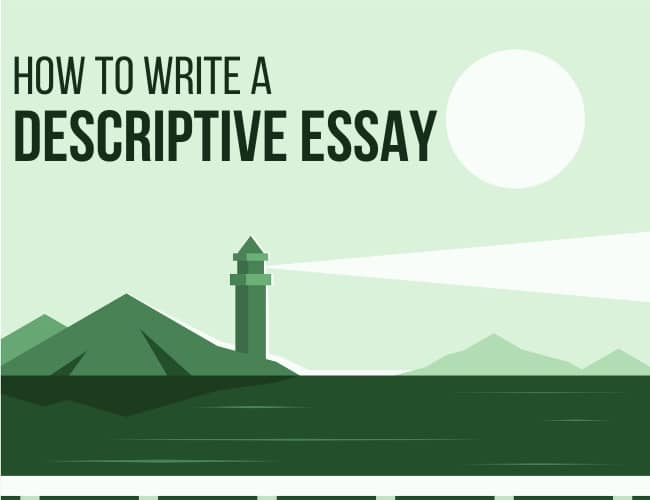
by Sue Weems |
Descriptive writing is necessary in every other type of writing you do. Crafting a descriptive essay allows you to immerse your readers in the colors, textures, and sounds of your narrative, taking readers on a vivid journey.
By mastering the art of descriptive writing, you’ll not only engage your readers’ senses but also become a stronger writer too! Today, we’ll explore how to write a descriptive essay.
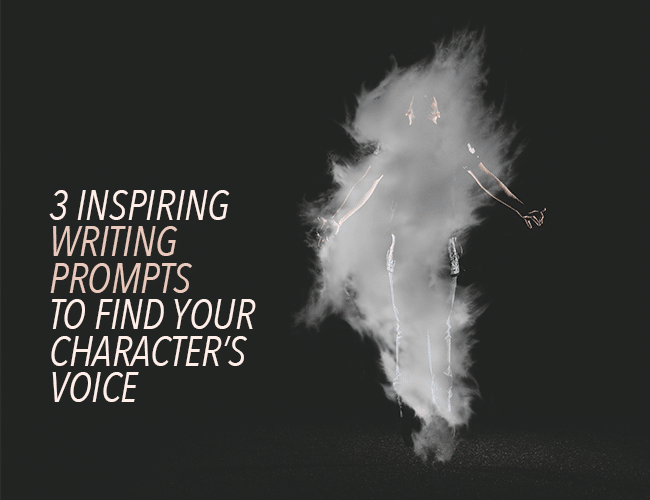
by Jeff Elkins |
Great characters feel real. They talk, act, and respond to stress in ways we recognize, with their own personal character voice. We can relate to them because they seem human.
To write a character that leaps off the page, we need to know her deeply. We need to understand her thoughts and feelings. If our audience is going to empathize with her, we have to first.





